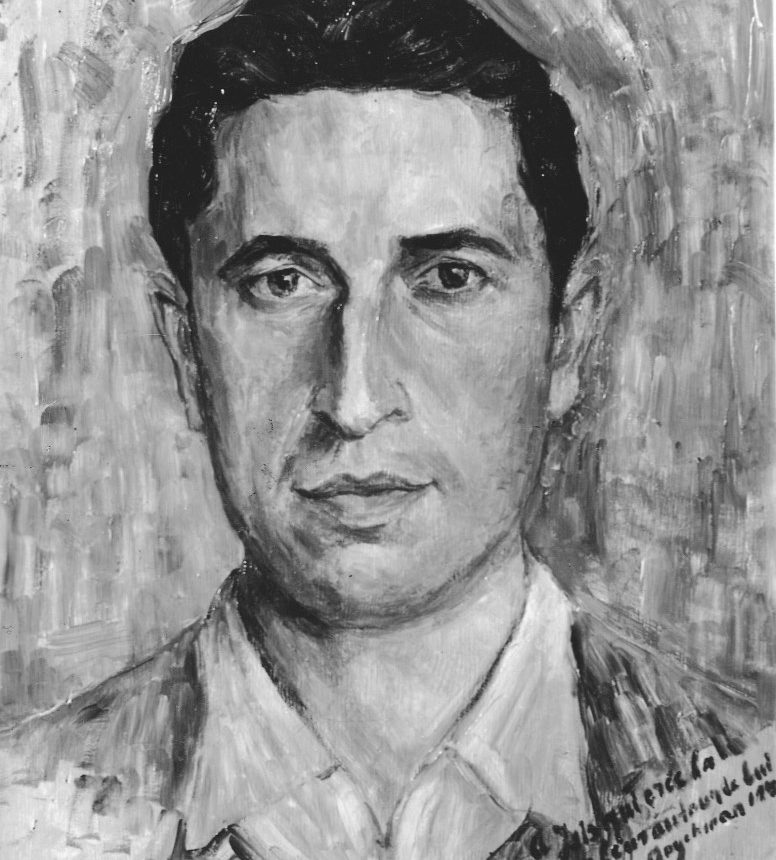Jésékiel KIRSZENBAUM
January 2, 2019Moïse KISLING
January 2, 2019Isis KISCHKA
PARIS 1908-1974
Isis Kischka spent his childhood in Paris, where his parents had settled two years before his birth. His father, who was originally from Poland, first owned a restaurant and later opened a grocery store in the 15th arrondissement. Isis Kishka attended the infant school in rue Vigée-Lebrun, and later studied at high schools in Dreux and Mayence, and finally at the Ecole commerciale in Paris (business school). When he was nineteen, he took an interest in painting and in literature. His first job was to design patterns for a factory that produced medals. He met Jacques Copeau, Michel Saint-Denis, Charles Dullin, and Georges Pitoëff, and planned to set up a theater company, but instead turned to painting in 1927 and attended the Académie de la Grande Chaumiere. Parisian critics, notably Waldermar George, noticed his paintings.
The Gestapo arrested Kischka in 1941. He was interned in a camp in Romainville, and later in Compiegne. He was transferred to Drancy, where he stayed for two years until the German army left it in August 1944. In the camps, he became friends with other interned painters, including Jacques Gotko, Savely Schleifer, and David Hoychman. They improvised exhibitions of their work. His friends died in deportation. He promised himself to dedicate himself solely to art when the war was over. He considered that he painted 200 paintings before 1940, which were destroyed by the Nazis. Back in Paris in 1945, he faced up to financial difficulties right away and took over his father’s store. He painted before going to work and had these two jobs on the go. In 1946, he participated in the creation of the Salon des Peintres témoins de leur temps (literally: Association of painters witnesses of their time) with Jean Cassou, Yvon Bizardel, Raymond Cogniat, and Georges Recio.
Stories of Jewish Artists of the School of Paris 1905-1939
FRENCH-ENGLISH
Capitale des arts, le Paris des années 1905-1939 attire les artistes du monde entier. De cette période de foisonnement, un terme est resté, celui d'Ecole de Paris, qui recouvre une grande diversité d'expression artistique. Dans ce brassage dont Montparnasse est le creuset, un groupe se distingue : celui des artistes juifs venus de Russie, de Pologne et d'Europe centrale. Si leurs styles sont variés, un destin commun les rassemble : ils fuient l'antisémitisme de leur pays d'origine. Certains ont connu la célébrité dès les années 1920, tels Soutine, Lipchitz ou Chagall. D'autres n'ont pas eu le temps ou la chance d'y accéder. Près de la moitié a péri dans les camps de concentration nazis.
From 1905 to 1939, Paris attracted artists from all over the globe as the capital of the art world. This period of artistic proliferation became known as the School of Paris, and includes a great diversity of artistic expression. Within the teeming art world centred on Montparnasse, one group set itself apart: Jewish artists from Russia, Poland, and Central Europe. Although their styles were diverse, they shared the common fate of fleeing anti-Semitic persecutions in their home countries. Some became famous in the 1920s, such as Soutine, Lipchitz, and Chagall, while others did not have the time or the luck to gain renown. Nearly half of these artists died in Nazi concentration camps.





